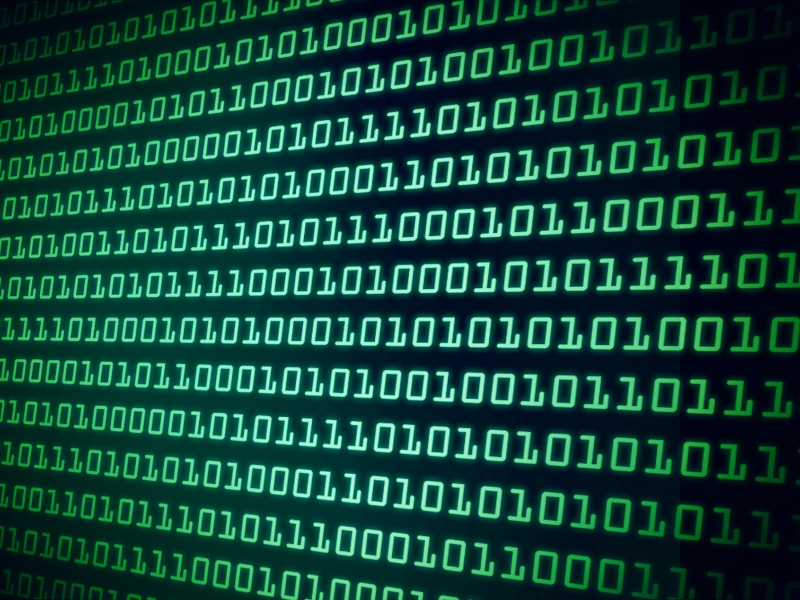Binary image
A binary image is a digital raster graph whose pixels can take only the two colors black and white. Each pixel can therefore be stored with one bit.
The coding of the pixels is usually with the value 0 for black and 1 for white, but the reverse situation also exists.
Binary images find their application mainly
- In image processing ( edge detection, pattern recognition ),
- In newspaper printing,
- Fax machines and
- Laser printers.
For converting a gray-level image into a binary image ( color reduction ) to use halftoning.
Compression and file formats
For data reduction of binary images, there are a number of special compression types. These include the two methods of CCITT Group 3 and CCITT Group 4 which may be used with TIFF files. These are optimized for fax documents often occurring, that is, a low density and a relatively small number of page changes between two consecutive lines. In fact, these two processes, the same that are used in fax machines themselves.
In addition, however, the standards JBIG and JBIG2, the binary images exist only treat as a special case of grayscale images.
Packed bytes
Standard compression methods such as LZW or deflate can also be applied to binary images. Usually this eight adjacent binary pixels are first housed in a byte, and this packed byte is then passed to the compression routine. In a file format, it is important to consider whether the leftmost pixel corresponds to the low-or the most significant bit within the byte, because the order of output of the pixel on the screen after unpacking should match the original. Most file formats can configure it within the specification for TIFF it can be freely defined in the header portion of the file.
Black -and-white graphics modes
Even with graphics cards - nowadays hardly used - black and white graphics modes for displaying binary images of the approach of the packed bytes is common to waste no graphics memory. The read or write access to individual pixel is a little more difficult because you always see only a plurality of pixel values at once a memory location or write to them.
Binarization
Binarization means the generation of a binary image from a grayscale or converted into an intermediate step to the grayscale image color image. A simple Binarisierungsmethode is the thresholding. Depending on whether the gray value of a pixel is above or below a certain threshold, it is black or white. Decisive here is the choice of the threshold value; this does not necessarily lie at 50 %. The threshold value method can be combined with dithering techniques to achieve the impression of smoother transitions. To automatically generate a useful threshold value for an image, the histogram of the relevant image is separated by Klusterverfahren such as K -means or the Isodata algorithm into two equally large parts as possible. The center of these two cluster forms this threshold.









